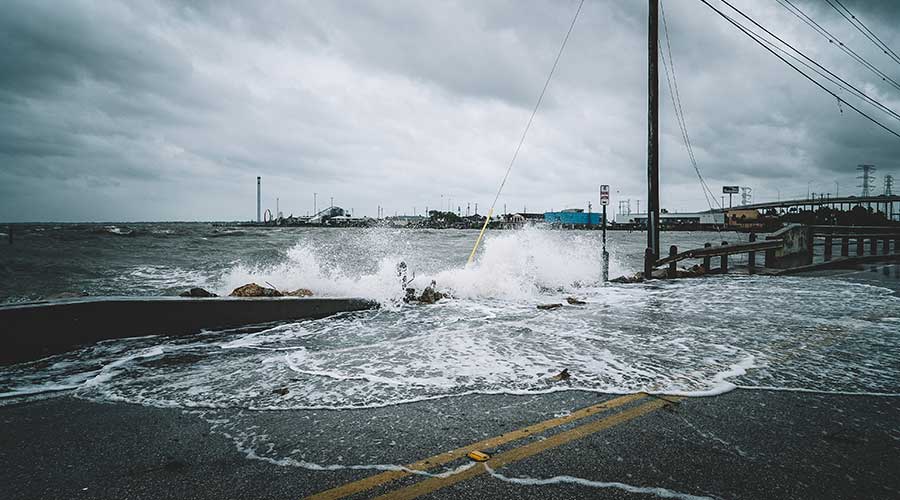With weather patterns becoming increasingly extreme, many facilities need to be built to withstand harsher climates. This is true for senior care facilities, as they are home to particularly vulnerable populations. To weather the storms and natural disasters of the future, senior care facilities must plan their buildings to be climate-resilient in the present.
There is much to consider when prepping facilities for disastrous weather events, as many of them come without much notice. They also come in many types — tornadoes, floods, hurricanes and even earthquakes – creating a need for facilities themselves to be adaptable to the situation.
With the different types of dangerous weather events or natural disasters, each type calls for its own approach to preparation. According to Jami Mohlenkamp, principal at OZ Architecture, there are two common types of events: water and wind. Additionally, Mohlenkamp says that the facility’s foundation is a key place to start with when preparing for them.
“There are a couple of different ways to approach structure by starting up the foundation,” says Mohlenkamp. “There are cases where buildings are overturned because the wind load is so heavy. Making sure that you have the appropriate amount of foundation system to truly hold the building down again, which may be beyond the code minimum, is important.”
Mohlenkamp adds that for water-related events, such as floods, areas like New Orleans have developed foundation systems where it is below ground and planted in the ground. However, there are structural columns that come up and allow a house to become buoyant in the case of a flood. It essentially rises like a boat would, though, it is still tied down with that foundation system.
Another area to consider for preparation is roofing. Mohlenkamp says that he commonly sees roofs wanting to be ripped off or pulled up from a building. One way to counter that is through structural attachments, and that can be done through stronger connector pieces. Mohlenkamp states that if the roof is attached to the walls or columns, they need to attach to the foundation.
“Another thing you can do on a roof, for example, is you can make it a lower slope instead of making a steep tall roof that acts like a giant billboard that the wind wants to catch,” says Mohlenkamp. “When all four sides of the roof are sloped, that helps the wind move over the roof. If you only have two sides sloped and you have two blunt faces on the other sides, that is another billboard for the wind to catch and push on.”
Even then, there are factors outside of weather to consider. The power can go out and leave senior care facilities unable to provide vital amenities. In these situations, it is critical to have redundancies in place, so if one part fails, another can pick up in its place, says Mohlenkamp.
However, being resilient to these events is not limited to the facility itself, but it can take a community to help as well.
“Another thing we heard from some groups is that they talked about having two competing senior living communities in a town,” says Mohlenkamp. “However, they may work together in an emergency disaster to share resources like food, staff, personal protective equipment (PPE) or medical supplies. Your backup plan may be beyond your own walls and maybe with your competitor, because in an emergency that is what you got.”
Jeff Wardon, Jr. is the assistant editor for the facilities market.

 Grounding Healthcare Spaces in Hospitality Principles
Grounding Healthcare Spaces in Hospitality Principles UC Davis Health Selects Rudolph and Sletten for Central Utility Plant Expansion
UC Davis Health Selects Rudolph and Sletten for Central Utility Plant Expansion Cape Cod Healthcare Opens Upper 2 Floors of Edwin Barbey Patient Care Pavilion
Cape Cod Healthcare Opens Upper 2 Floors of Edwin Barbey Patient Care Pavilion Building Sustainable Healthcare for an Aging Population
Building Sustainable Healthcare for an Aging Population Froedtert ThedaCare Announces Opening of ThedaCare Medical Center-Oshkosh
Froedtert ThedaCare Announces Opening of ThedaCare Medical Center-Oshkosh